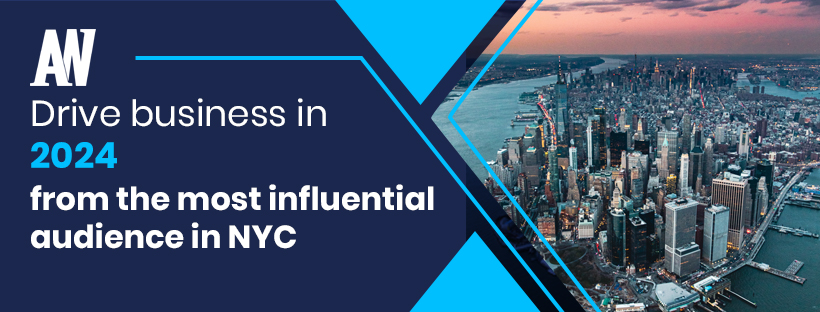Mathematician Clive Humby declared data to be the “new oil” all the way back in 2006. The comparison holds up in terms of value, “mining” practices, and the impact of both resources. The data broker industry brought in more than $268B. in 2022—which is understandable as so many companies rely on data for marketing and will go to great lengths to acquire it. Unfortunately, this can have negative consequences for consumers.
Legitimate organizations aren’t the only entities after personal data. Alongside seemingly benign uses like advertising and research by legitimate organizations, bad actors also rely on personal information to commit crimes. This includes run-of-the-mill scams, high-profile whaling, identity theft, digital redlining, and online harassment, to name a few.
There is no shortage of reasons for Internet users to be wary of sharing their personal information. Yet data collection is still common practice, making it difficult to keep sensitive information under wraps. Almost all internet-based tools and services, from search engines to mobile game apps, collect data. Most also share this data with third parties, including data brokers. In turn, data brokers make it their entire business to circulate this information all over the internet, forming a complicated web of data transfer.
Incogni, a startup developed by Surfshark, aims to help its users take back control of their personal information. The key to this is dealing with data brokers and people search sites.
How to remove your personal information from data brokers
In some parts of the world, there are laws such as the GDPR in place to protect the individual’s right to online privacy. With an entire industry built on the collection and sale of data, however, exercising these rights is predictably difficult.
For individuals living in areas with data privacy laws, each data broker offers an opt-out option. However, each data broker and people search site has an individual opt-out process. This usually involves filling out an online form, or printing and sending one through regular mail. Often, the form requires individuals to submit sensitive personal information like their date of birth and even their Social Security number. Once the forms have been submitted, actual removal can take anywhere from a few minutes to several months.
In short, data brokers make consumers jump through hoops to exercise their data privacy rights. According to Incogni, the data removal process can take over 300 hours for the average consumer. But the data removal journey doesn’t end there. Many data brokers will simply add an individual’s personal information to their database again sometime after initial data removal. This happens because these companies replenish their databases often and aren’t always able to match new data with individuals who have opted out—even data brokers who keep suppression lists exactly for this purpose.
Incogni provides a viable solution to all of these obstacles. This subscription-based service automates the entire data removal process, saving customers hundreds of hours. They handle everything from narrowing down which data brokers and people search sites to target, sending out wave after wave of opt-out requests, and taking care of any follow-up communication on behalf of their customers.
Incogni now offers a 1-year subscription at a 50% discount. For roughly the price of one (admittedly fancy) coffee, customers can keep their personal information out of circulation on the internet automatically.
Keeping personal information under wraps
While opting out from data brokers and people search sites accounts for a large percentage of personal data the average internet user has online, it’s also essential for individuals to practice good digital hygiene and plug up any possible sources of data leaks.
Google is one such obvious source. The tech giant is notorious for the amount of data it collects but has recently made some changes to help users better manage their data privacy. Individuals with Google accounts can manage their stored data and online tracking through the activity controls page. They, as well as those who don’t have Google accounts, can also remove their personal information from search results via Google’s data removal request and image removal request forms.
Some personal information may also appear on other search engines and websites, aside from data brokers and people search sites. To remove this kind of data, individuals have to contact the webmasters of each website directly.
The next step in keeping personal information off the internet involves deleting online accounts and internet-based services. Consumers should delete any old and unused online shopping accounts, emails, personal blogs, and apps. Depending on how old some accounts are, it may be difficult to remember them all. A trick to find them all is searching for terms like “welcome” and “get started” in the primary email inbox.
Finally, one of the main sources of exposed personal information is the internet-user themself. This is especially true for Gen-Z. Oversharing on the internet is an often overlooked privacy issue in the digital age, with people sharing everything from contact details to their favorite hang-out spots with virtual strangers on the web. For individuals who want online privacy, it’ll mean deleting some social media accounts altogether and practicing more discretion in regard to what information they share and who they share it with on social media.
Online privacy requires consistency and ongoing effort
Data privacy isn’t easy. Data is too valuable in the digital economy for that. It’s also absolutely essential due to how much damage personal information can cause in the wrong hands. This leaves internet users in a difficult position.
The key to keeping data privacy under control is consistency—whether that means putting regular data clean-up days on the calendar or investing in automated data removal services such as Incogni. Like dusting the home to keep it clear of cobwebs, this can keep things from becoming overwhelming and unmanageable.




